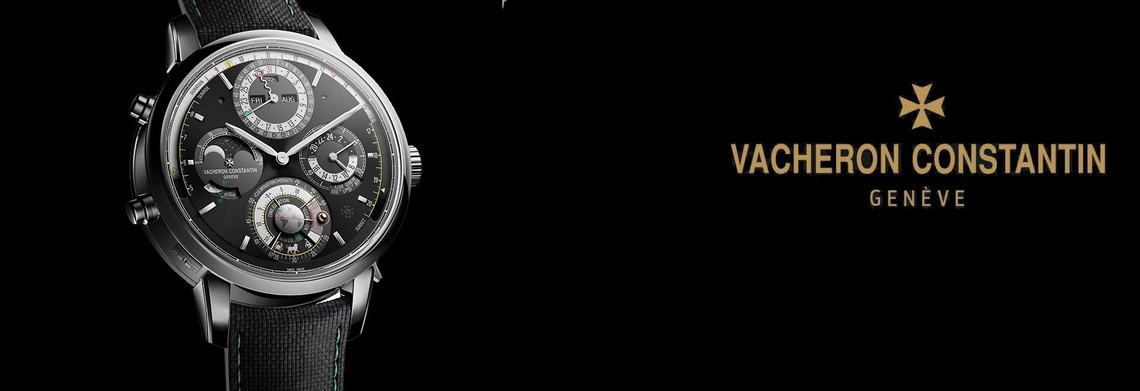
"TRAVELS & ADORNMENTS" WHEN TIMEPIECES ARE ATTIRED IN THE FINEST APPAREL
"TRAVELS & ADORNMENTS" WHEN TIMEPIECES ARE ATTIRED IN THE FINEST APPAREL
Offering an authentic journey across continents, Vacheron Constantin introduces a new themed exhibition dedicated to the history of horological adornments. It sets the stage for around 40 historical models – chosen from the 1,200 composing the private collection of the Manufacture – illustrating various major artistic movements. A tour that testifies to masterful gestures and abundant creativity rarely equalled in the field of decorative arts, a hallmark of the Geneva school.
Ornamentation in watchmaking is much more than a mere fashion phenomenon. In the 16th century already, during the wars of religion, the wearing of decorative and ostentatious objects was banished by Jean Calvin – a decision that led goldsmiths to seek new fields of expression for their art, since watches were not regarded as jewellery. From then onwards, luxury watchmaking enjoyed a new lease on life and began offering timepieces that were not only technical but also precious, and would later earn the Fabrique genevoise its international renown. The cabinotiers enlisted the talents of jewellers and enamellers, creating authentic and splendidly elegant models embodying a fruitful dialogue with various artistic currents and influences. Impelled by dreams of far-off lands and a determination to remain open to the world, Vacheron Constantin has been cultivating a strong attachment to these artistic crafts throughout its almost 260 years of existence.
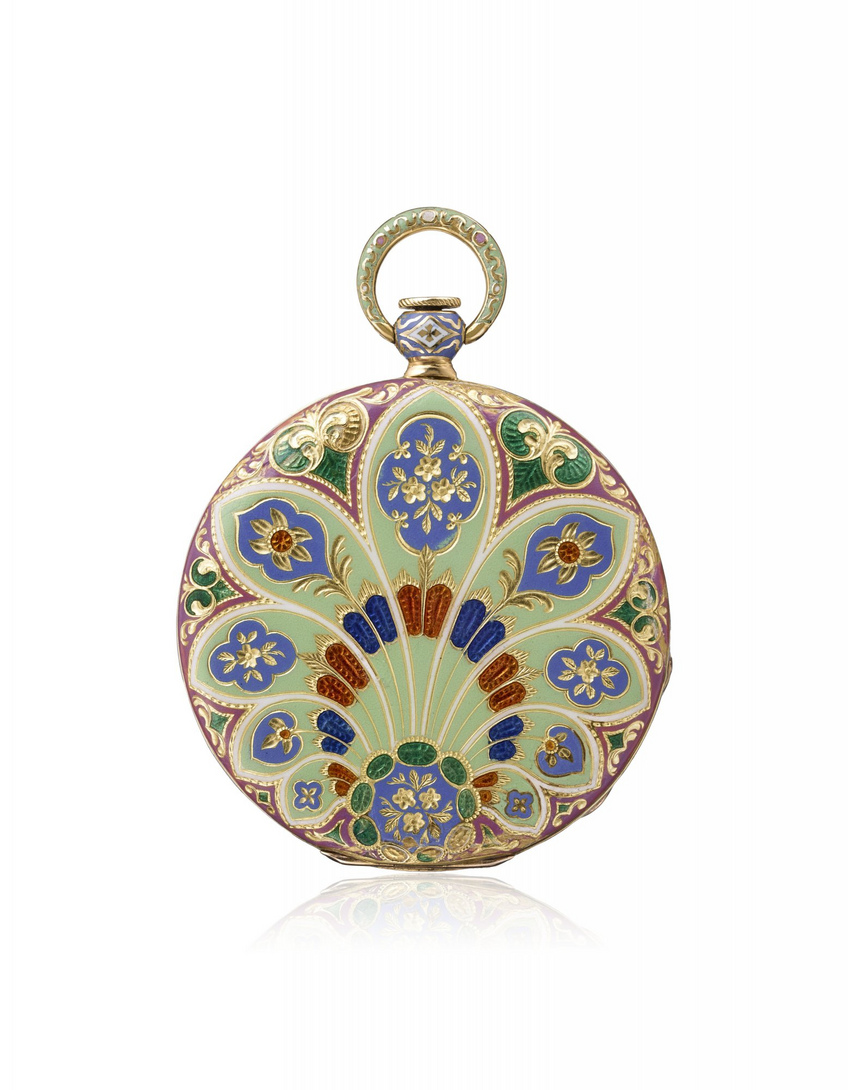
On the first floor of the Maison Vacheron Constantin on the Quai de l’Ile in Geneva, the display windows are organised around four different universes: the East, Greece, Europe, and finally the openworked architecture of the late 19th century. Wristwatches, but above all pocket watches, immerse us unto a rediscovery of the beauty and finesse of the world’s many adornments. While the various enamelling techniques play a role worthy of the complexity involved in applying them, engraving, guillochage, gemsetting and glyptic art are also well represented.
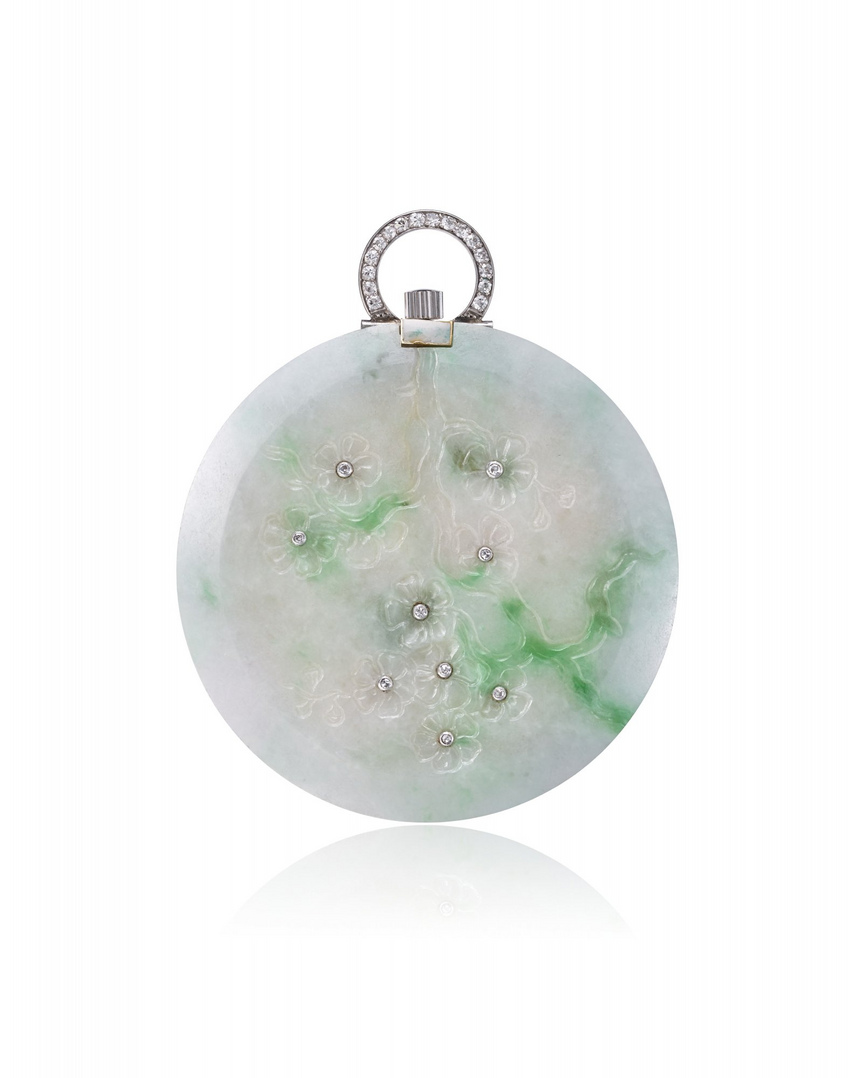
The visit begins in the East, with India and a delicate champlevé enamel pocket watch dating from 1831, inspired by the flamboyant style of an enamelled floral tapestry. A little further on, one discovers the splendours of Ottoman decors with an 1824 pocket watch featuring a case richly adorned with an exuberantly chased floral motif enhanced with appliques engraved using the pounced ornament technique and embellished with turquoises and amethysts – composing a dense yet subtle ornamentation. Still in Asia, blossoming cherry tree spreads its branches across a very light green jade case studded with a few diamonds. Exquisite delicacy…
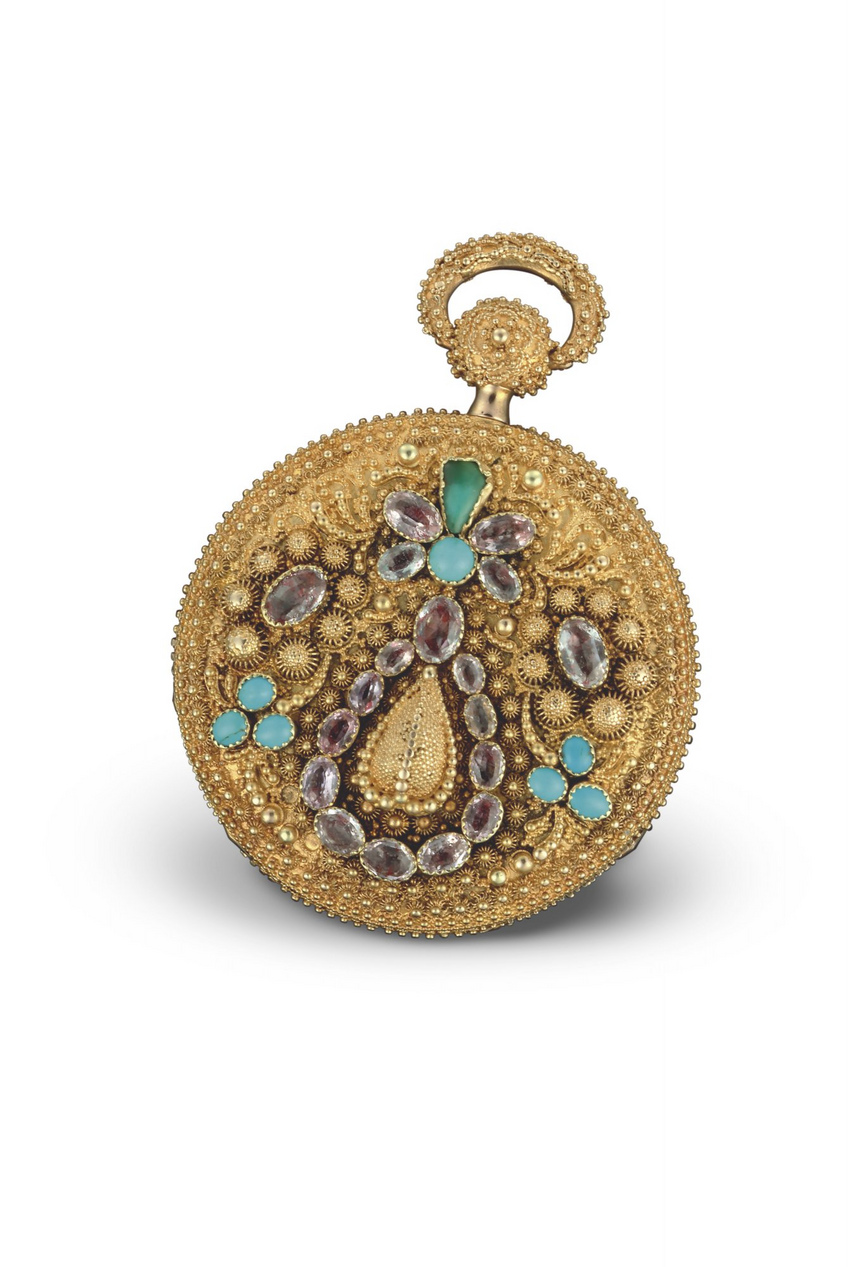
We then change continent and the generous source of inspiration to be found in ancient Greece. In 1921, the artisans of Vacheron Constantin notably reproduced a central champlevé enamel motif depicting Hermès on his chariot, rimmed with a Hellenistic-style frieze. On another creation, platinum lacework criss-crosses the translucent enamel protecting a hand-guilloché décor. A stunningly ethereal composition echoing the grand tradition of French lacemaking…
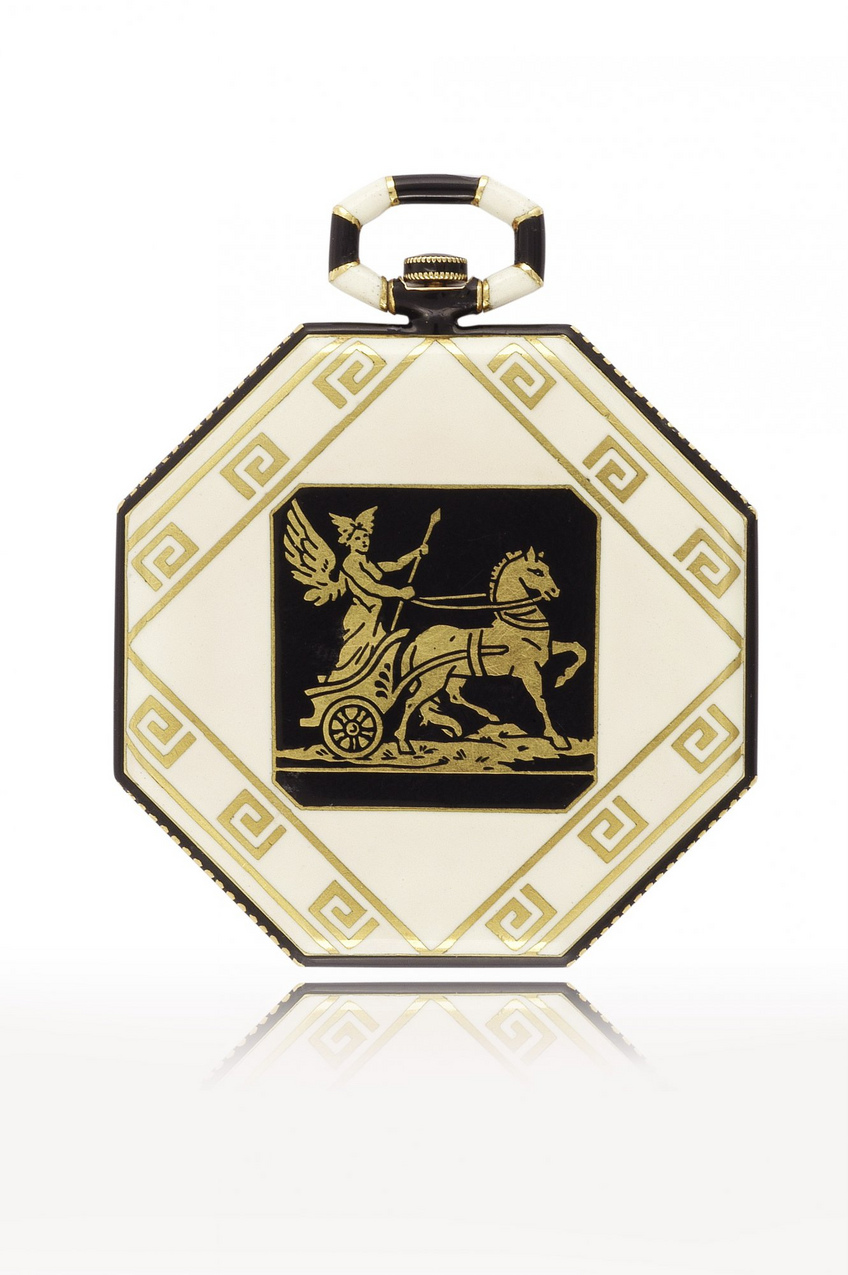
Art Deco was a momentous period with its two-tone colouring, its geometrical shapes, its baguette-cut precious stones or its semi-precious onyx, lapis lazuli and coral… A fresh breeze of stylistic renewal blew across Europe in the early 20th century.
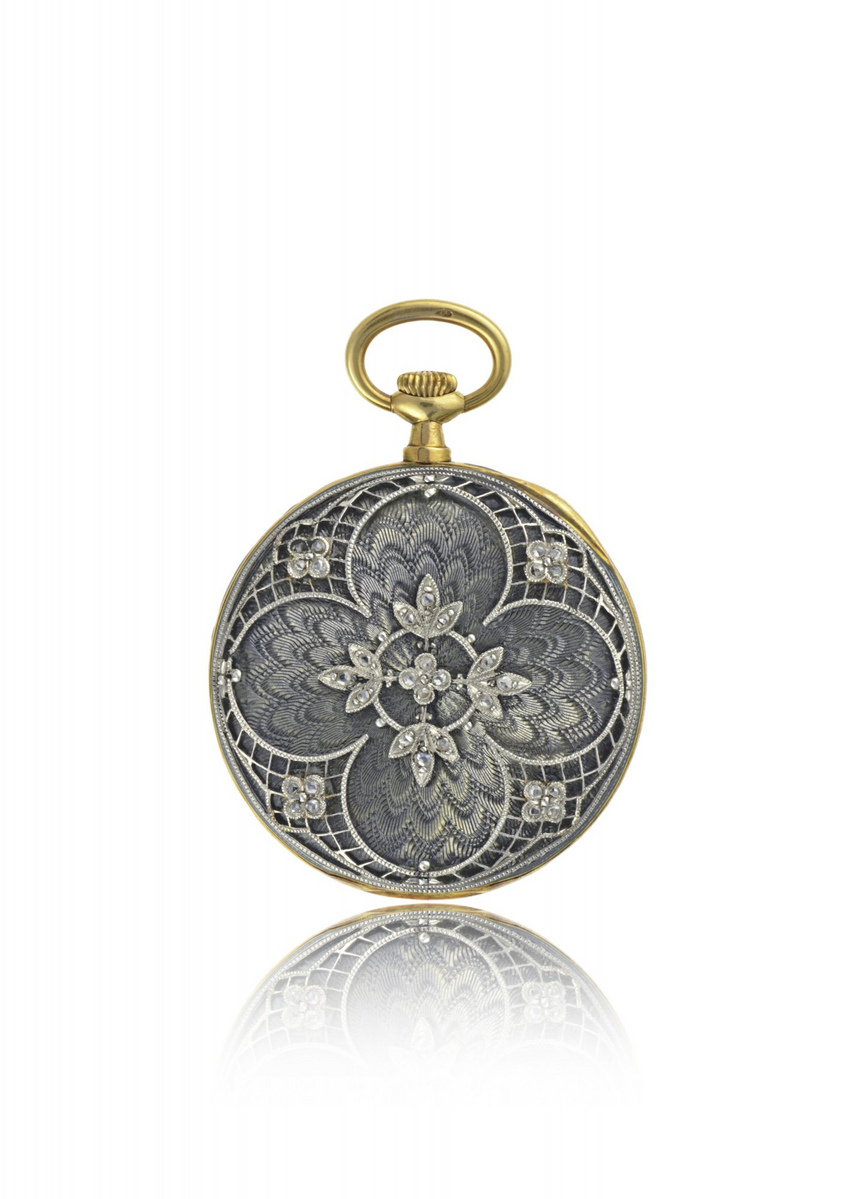
The exhibition ends with a series of skeleton watches representing a reference to industrial architecture. Metal and transparency, finesse and airiness: ultra-thin calibres are hollowed out to retain only essentials and to allow the light to shine through. A spectacularly delicate exercise, of which Vacheron Constantin has proved itself an admirable exponent.
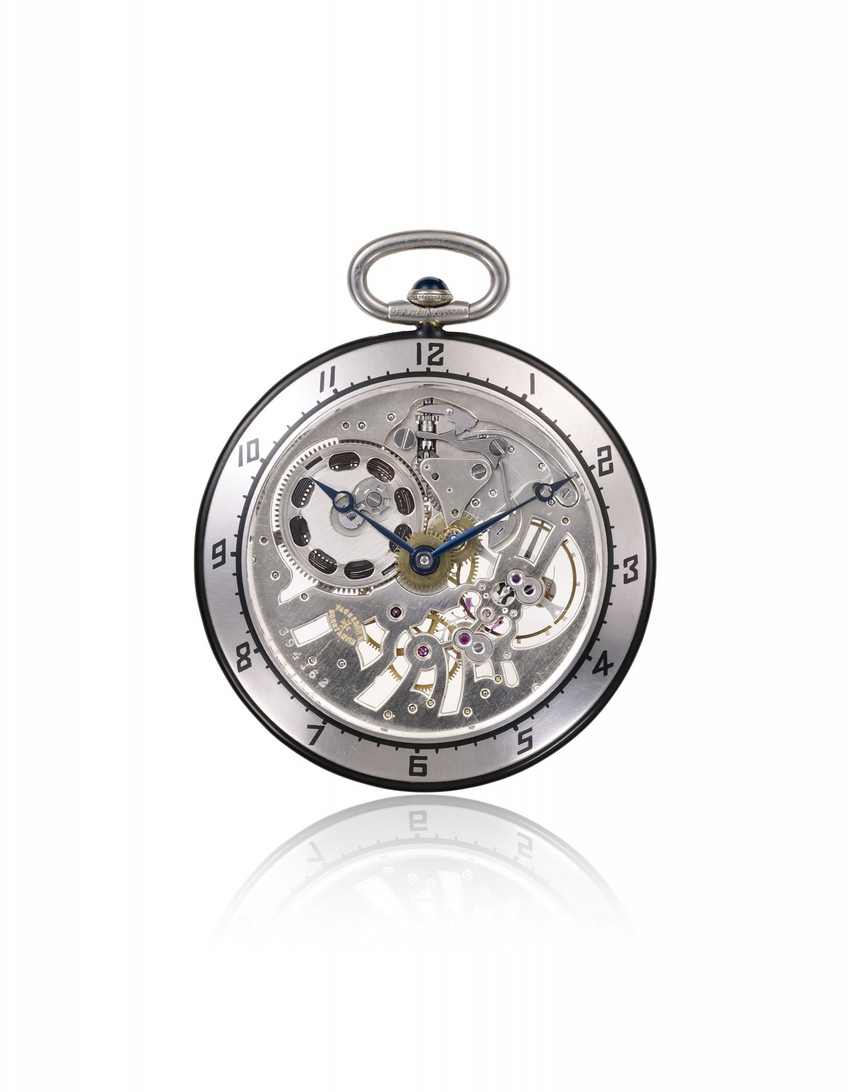
Right from the time of its founding in 1755, the Manufacture has constantly enhanced its creations by providing scope for the expression of artistic crafts, orchestrated by artisans with golden fingers and skilled gestures governed by a blend of patience and dexterity. This exhibition not only reveals unique skills, but also demonstrates that ornamental techniques are at the crossroads of various cultures and come together at the heart of horological works of art. “Travels & Adornments” presents 47 miniature works of art that are all too rarely admired and which prove the richness of the collections. They evoke a field that is inseparable from that of Haute Horlogerie both past and present: the artisanship that exercises such a lasting fascination on devotees of fine objects.
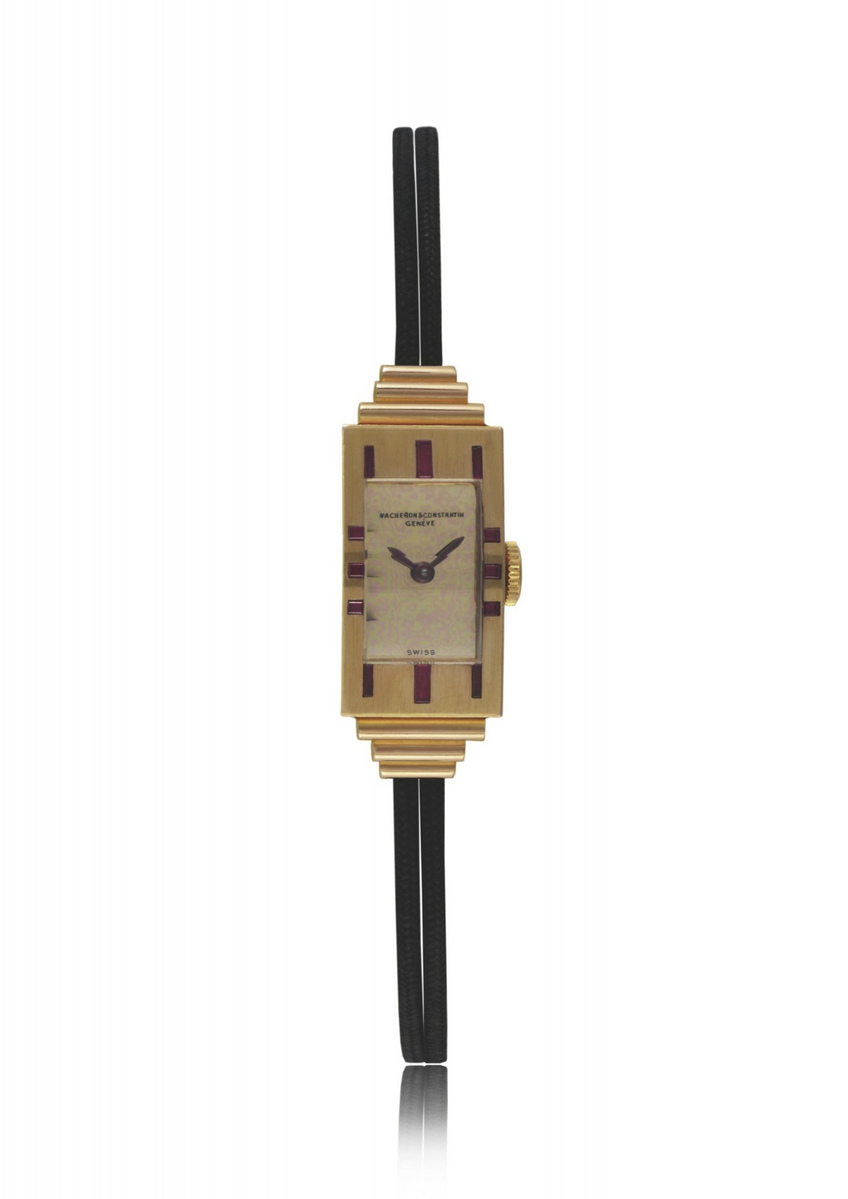
Travels & Adornments exhibition, until the end of October 2014
Maison Vacheron Constantin, 7 Quai de l’Ile, 1204 Geneva
By appointment only, tel : 022.930.20.05

